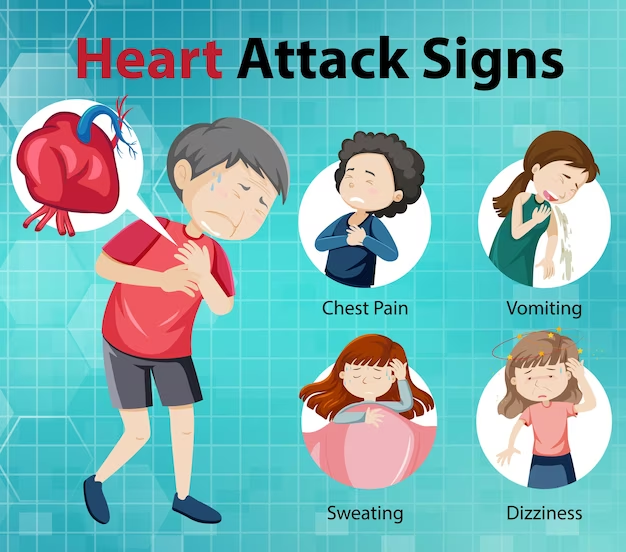diabetes mellites
Introduction,
Diabetes mellitus, commonly referred to as diabetes, is a chronic metabolic disorder characterized by elevated blood sugar levels over an extended period. It occurs when the body either does not produce enough insulin or is unable to effectively use the insulin it produces. Insulin is a hormone produced by the pancreas that regulates blood sugar (glucose) and allows it to enter the body's cells to be used as energy.
Types,
There are three main types of diabetes:
Type 1 Diabetes: It is an autoimmune condition where the body's immune system mistakenly attacks and destroys the insulin-producing beta cells in the pancreas. As a result, individuals with type 1 diabetes need to take insulin daily to survive. This type is typically diagnosed in childhood or early adulthood and comprises around 5-10% of all diabetes cases.
Type 2 Diabetes: This is the most common form of diabetes, accounting for around 90-95% of all cases. It occurs when the body becomes resistant to insulin or does not produce enough insulin to meet its needs. Type 2 diabetes is closely linked to lifestyle factors such as poor diet, lack of physical activity, obesity, and genetic predisposition. It is often diagnosed in adults but can also develop in children and adolescents.
Gestational Diabetes: This type of diabetes occurs during pregnancy in women who did not have diabetes before. It usually resolves after childbirth, but women who have had gestational diabetes have an increased risk of developing type 2 diabetes later in life.
Diagnosis
Diagnostic criteria by the American Diabetes Association (ADA) include the following [1] :
A fasting plasma glucose (FPG) level of 126 mg/dL (7.0 mmol/L) or higher, or
A 2-hour plasma glucose level of 200 mg/dL (11.1 mmol/L) or higher during a 75-g oral glucose tolerance test (OGTT), or
A random plasma glucose of 200 mg/dL (11.1 mmol/L) or higher in a patient with classic symptoms of hyperglycemia or hyperglycemic crisis
Whether a hemoglobin A1c (HbA1c) level of 6.5% or higher should be a primary diagnostic criterion or an optional criterion remains a point of controversy.
- polyuria (Frequent urination)
- polydipsia (Increased thirst)
- Increased hunger
- Unexplained weight loss
- Fatigue
- Blurred vision
- Slow-healing wound and frequent infection
- Tingling or numbness in the hands or feet after chronic prolonged hyperglycemia (neuropathy)
- yeast infection (balanitis in men)
- vaginal infection.
Management,
- Type 1,
- life style changes eg : quit smoking
- diet control
- insulin therapy
- type 2,
- life style modication eg : smoking cessation
- diet control (avoiding sugary and high carbohydrate foods )
- regular exercise to increase insulin sensitivity and overall health.
- Oral hypoglycemic agents like sulphonylurea, biguanides ,glucagon like peptide-1 agonist, Dipeptidyl peptidase IV (DPP-IV) inhibitor etc
- Insulin therapy.
- Treat micro and macrovascular complications.
- Gestational diabetes ,
- diet control
- insulin therapy.
Prediabetes
consult a diabetic educator .and get self diabetic education.
Nutrition
Physical activity
Smoking cessation
Psychosocial care
Immunizations
Glycemic treatment
Therapeutic targets
Appropriate self-monitoring of blood glucose (SMBG)
Regular monitoring for complications
Laboratory assessment
Monitoring blood pressure and cholesterol levels to prevent complications.
Being cautious about alcohol consumption
Remember, diabetes management is personalized, and individuals should work closely with healthcare providers to tailor their approach based on their specific needs and medical history. Early detection, proper management, and lifestyle changes can significantly improve the quality of life for people living with diabetes.









Comments
Post a Comment